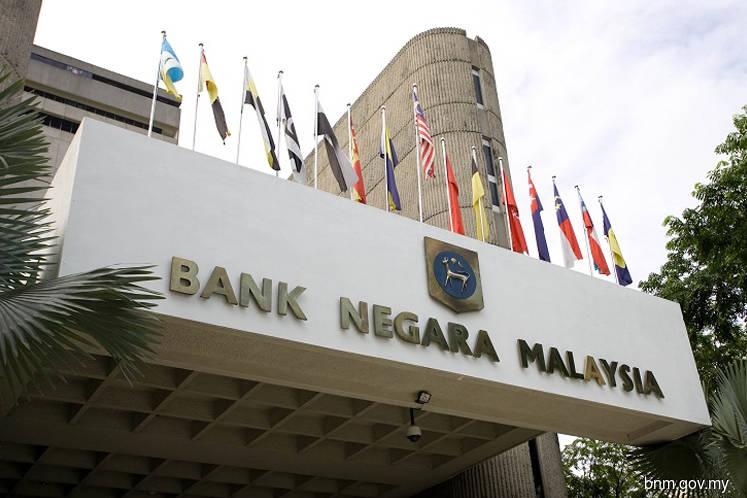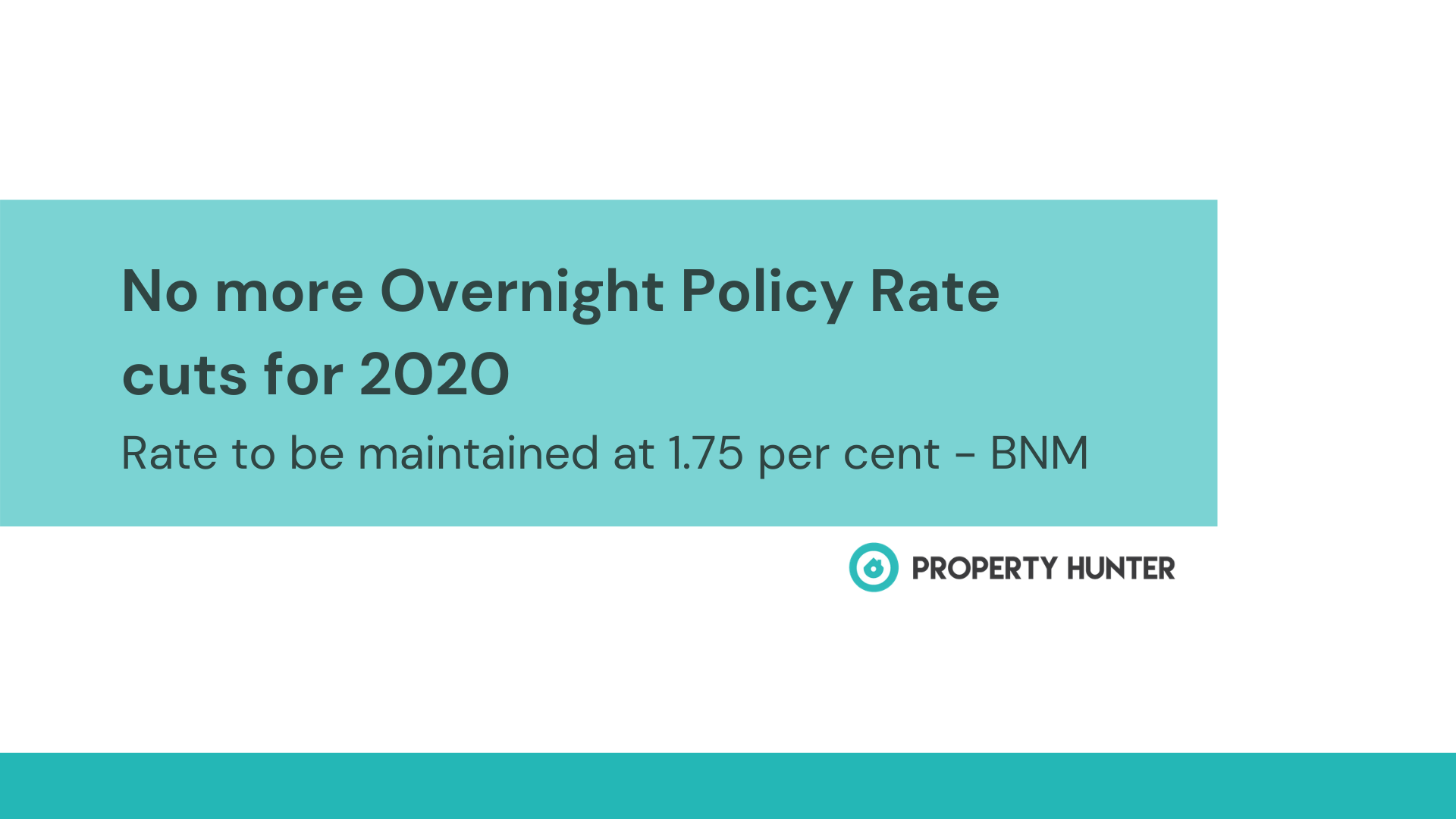The RM1 billion Bank Negara Malaysia Fund for Affordable Housing has subsidised 1,100 home purchasers as at September, according to the central bank's director of financial surveillance Qaiser Iskandar Anwarudin.
At a media briefing on household indebtedness, Qaiser said 1,100 home buyers with loans totalling RM180 million had been approved by lending banks since the launch of the fund at the beginning of the year.
Under the central bank's funding scheme, the housing loan finance rate is capped at 3.5% for these borrowers, and the spread between 3.5% and market rate is funded by the RM1 billion fund.
Qaiser said that to date, less than a tenth of the fund has been used to partially subsidise borrowers under the scheme.
The fund will be available for two years from Jan 2, 2019 or until the RM1 billion fund is fully utilised.
On Malaysia's household debt, he said it currently stands at 82.2% of GDP, which is among the highest in Asia. The bulk of household borrowings have generally been channelled towards wealth accumulation, primarily to buy a house.
Nonetheless, he said high housing prices remain a major hurdle for home ownership.
"If a monthly mortgage repayment is capped at 30% of household income, the maximum affordable house price nationwide is RM282,000, based on median household earnings. However, based on Napic (National Property Information Centre) data, the average price of new properties launched is RM417,262. So most Malaysians cannot afford to buy newly launched houses," he said.
Qaiser said houses in Malaysia are considered "seriously unaffordable" by international standards, as a house is deemed affordable if it is priced not more than three times annual household income.
"In 2012, Malaysia's house price-to-household annual income was 3.9 times, and it has increased to 4.8 times in 2016," he observed.
But Qaiser said the finances of households' remain resilient, as total liquid financial assets stood at 1.5 times of aggregate household debt.
"However, certain segments remain more vulnerable to shocks, particularly those earning below RM5,000 per month due to low take-home pay after deducting existing debt obligations and expenditures. They are not able to amass sufficient savings for rainy days, and this segment is more vulnerable to financial distress.
"80% of participants in AKPK (Credit Counselling and Debt Management Agency) debt management programme are from this segment," he said.
Housing loans remain a key driver of credit growth as Malaysia's banking system continues to "firmly" support homeownership. "Banks have a natural tendency to lend. In fact, 70% of their income comes from providing financing, so it is in their best interest to lend.
"Although some people said the banks are rejecting a lot of housing loan applications, our data shows that in the first eight months of the year, newly-approved housing loans amounted to RM113 billion, benefitting 260,000 borrowers, higher than the average 248,000 borrowers in the first eight months of 2016 to 2018," he said, noting housing loan impairments remain low.
"Impairment of housing loans is relatively low, and the exposure of banks to developers with unsold units is only 2% of their total loans, and they are largely performing loans," he said.

.jpeg)







.png)
.jpg)


.jpeg)
